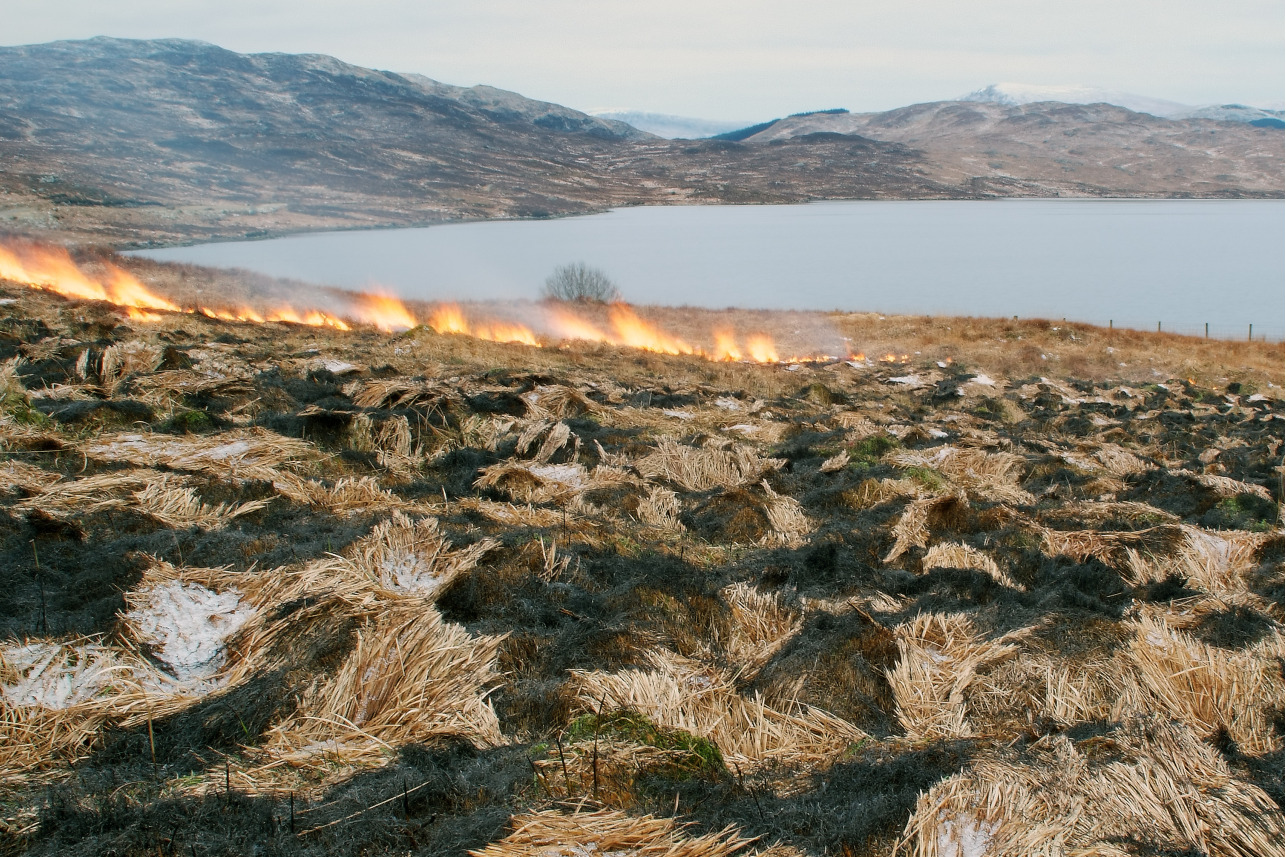Case study: Accessing nature
Communications Team volunteer Libby Hanson says it is time to rethink what accessibility to nature means for those with limited physical mobility

I am a disabled nature lover. This wasn’t always the case: growing up in rural Scotland, I was blessed with acres of trees to climb and winding paths with rocks and rivers to skip over.
As a child, I took this for granted, wishing for the life in towns and cities that my friends had with their shops and leisure centres. Then, as years passed and my ability to engage in these outdoor excursions faded with the onset of physical disability, I found myself wondering why I had not made the most of these outdoor opportunities while I had the chance.
As an adult living in the suburbs, I would often poke my head out of the door and listen to the roar of passing cars and realise how much I missed the sound of birdsong, the sight of clear skies at night and the smell of countryside air.
For years, I fought with this sense of defeat – a feeling that I had missed my chance and would never again experience the natural world. But in a time when awareness of the issues faced by people with disabilities in society is greater than ever, why should I feel this way?
Despite the documented mental and physical benefits that time in nature provides, it is noticeable that those with disabilities are underrepresented in these settings. It feels like there is a need to redefine what accessibility in nature means.
When we think of making nature more accessible to all, we often imagine level footpaths, benches and ramps. But while such physical accommodations are crucial to facilitating mobility, accessibility should go beyond the visible. It requires challenging the mindset about what being in nature actually entails.
Experiencing nature is not confined to arduous hikes in the mountains, yet the conventional image of outdoor engagement often conjures scenes of high-impact activities, with geared-up individuals at the peak of physical fitness. Such stereotypes inadvertently reinforce the notion that connection with nature is reserved only for those who engage in such activities.
For someone like me, whose mobility is limited by crutches, this notion led to a solemn sense of being ‘othered’ when I envisioned myself enjoying natural spaces. In reality, there are myriad ways to connect with the natural world, each as valid and significant as the rest.
True accessibility should be about fostering a mindset which acknowledges that nature can be experienced in ways that cater to an individual’s unique abilities, preferences and pace. Relaxed, mindful walks, where each step is an opportunity to absorb the surroundings, can be just as rewarding as scaling a mountain. Birdwatching, where the act of observation serves as a gateway to the natural world, is an equally valid expression of appreciation. And simply sitting still beneath the shade of a tree can bring a great feeling of serenity.
As we challenge convention, we begin to recognise that diverse experiences enrich the collective tapestry of outdoor engagement. By embracing every shade of connection to the natural world, we create a more vibrant picture of what it means to be a nature enthusiast.
Simply being present in nature – that is enough.
- Libby Hanson is a Trust communications volunteer and Biological Sciences student at the University of Aberdeen
- This article first appeared in the Spring 2024 edition of our Members’ Journal.
